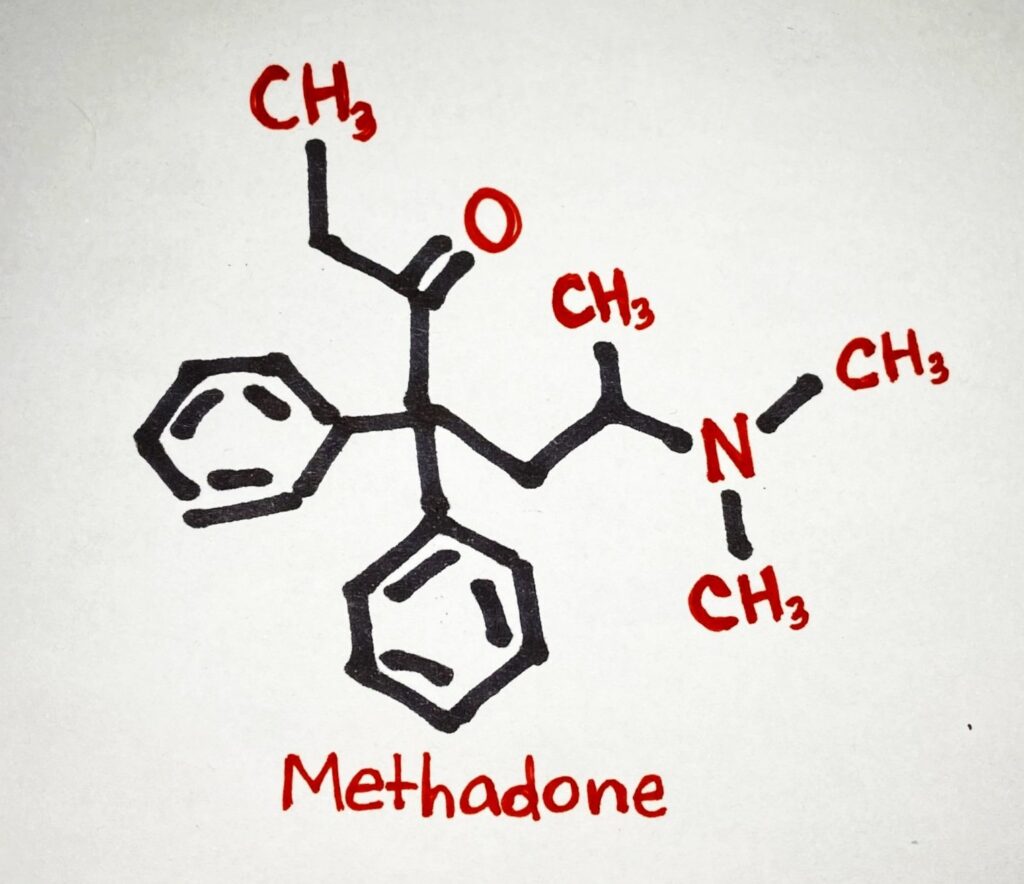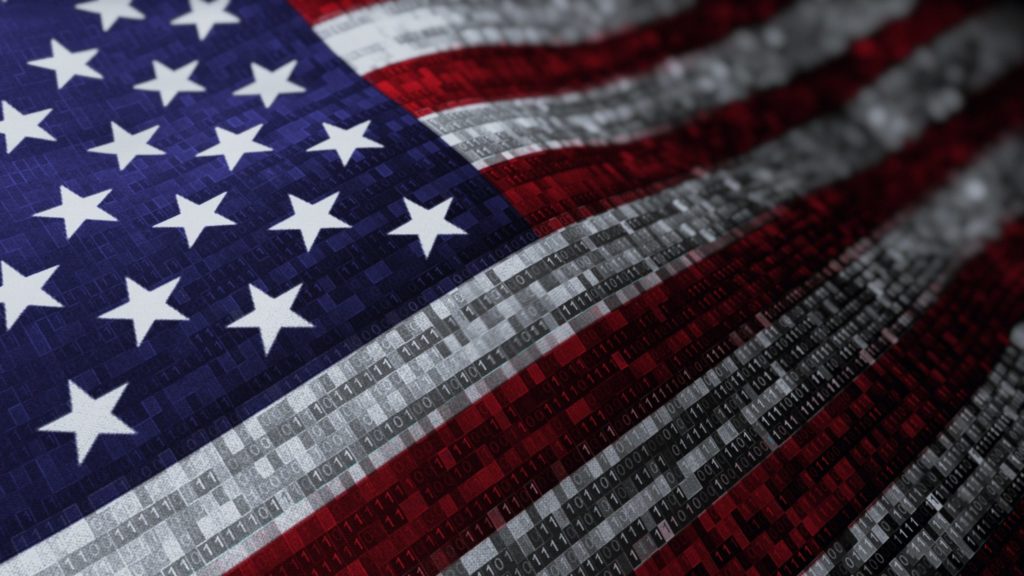Steel imports pose no threat to national security
Pursuant to powers granted to the president under Section 232 of the Trade Expansion Act of 1962, in April 2017, President Donald Trump issued a memorandum that directed Commerce Secretary Wilbur Ross to investigate whether steel is being “imported into the United States in such quantities or under such circumstances as to threaten to impair the national security.”
Under Section 232, the U.S. Department of Commerce (Commerce) has 270 days to issue its determination, making the report due Jan. 15, 2018. If Commerce finds in the affirmative, the White House is required to submit a report to Congress and can take steps to restrict imports in ways that would alleviate the purported national security threat. Such action must be made within 90 days of receipt of Commerce’s report.
The investigation is being led by Commerce’s Bureau of Industry and Security (BIS). Some reports suggest that, in a break with past Section 232 investigations, BIS has chosen not to conduct a thorough survey of U.S. companies. Perhaps in response to the perception that the investigation was being rushed, it was reported in early July that Defense Secretary James Mattis had moved to slow it by directing the Defense Logistics Agency to “undertake a 60-day review of steel use in U.S. defense applications.”
Although the investigation applies to imports from all countries, there is reason to believe the administration’s focus is mainly on China. This is because China is by far the largest steel producer in the world—producing more than 800 million tons of steel in 2016, which is roughly half of the world’s output. Moreover, Chinese steel production approximately doubled over the past decade, up from 421 million tons in 2006. Much of this growth, however, is due to misguided industrial policy, such as the provision of subsidies to continue building superfluous steel mills. Given the magnitude of its output, China’s policies have led to a saturation of the global steel market and have put downward pressure on steel prices.
At the press briefing shortly after Commerce announced the investigation, Secretary Ross said that “steel imports […] have continued to rise despite Chinese claims that they were going to reduce their steel capacity.” Likewise, at July’s G-20 summit in Hamburg, Germany, President Trump offered pointed criticism of China’s steel overcapacity. In an attempt to head off potential steel tariffs, China proposed to cut its steel capacity voluntarily by 150 million tons by 2022. However, over the summer of 2017, Trump rejected the offer and thus the Section 232 investigation continues.
The theory that underlies Section 232 and the World Trade Organization’s (WTO) Article XXI is a straightforward one that allows countries to impose trade restrictions in the name of national security. In this case, the argument is that low-priced foreign steel – whether it is subsidized, dumped or simply the natural result of comparative advantage – will drive out domestic competition. Once domestic suppliers have been driven out of business, foreign enemies could exert disproportionate power by threatening to withhold steel supplies. If this came to pass, proponents argue that it would pose an enormous threat to national security, given the U.S. Armed Forces’ heavy reliance on steel products.
Such a theory, however, is a farfetched one that, among other serious issues, is easily disproven by basic economics, as rising prices – from either increased demand or decreased supply – would inevitably attract alternative suppliers of steel either from domestic sources, from non-adversarial foreign countries or both. Moreover, the dynamics at play in the global steel market, as well as a very thin legal argument with respect to the authority to restrict imports under the guise of national security, suggest that to do so in the case of steel would be both an economic and strategic mistake.
Image by Zhao jian kang









